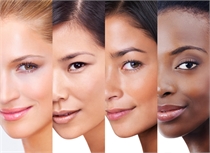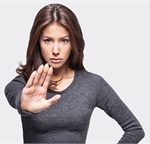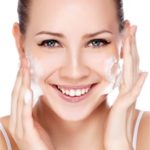
Appreciation of beauty and human aesthetics in particular dates back to antiquity. While ideas on beauty vary with personal preferences and cultural standards, there is a general agreement on the features that constitute human beauty.
Researchers from Boston University School of Medicine and Harvard Medical School recently published a study that compared standards of beauty in People Magazine from 1990 to 2017. To test their hypothesis that standards of beauty had not changed over that time period, they compared the Worlds Most Beautiful list in the first issue (1990) with that in the 2017 issue. They evaluated the following: age at the time of the issue, sex, race, skin type, hair color, eye color, and visible dermatologic conditions. The results of the study were contrary to their hypothesis and found an increased inclusion of people with a wider variety of skin color and increased representation of older age groups. They point out that a recent consumer report from the American Society for Dermatologic Surgery found that 60% were considering a cosmetic procedure, and the top 3 reasons were to increase confidence, increase attractiveness, and look as young as they feel.
The authors state that “ideals of beauty are particular to the beholder and determined by the norms of a society, culture, or historical period” and conclude that their findings suggest that standards of beauty are evolving as people integrate the effects of media with exposure to new cultures and different norms.


